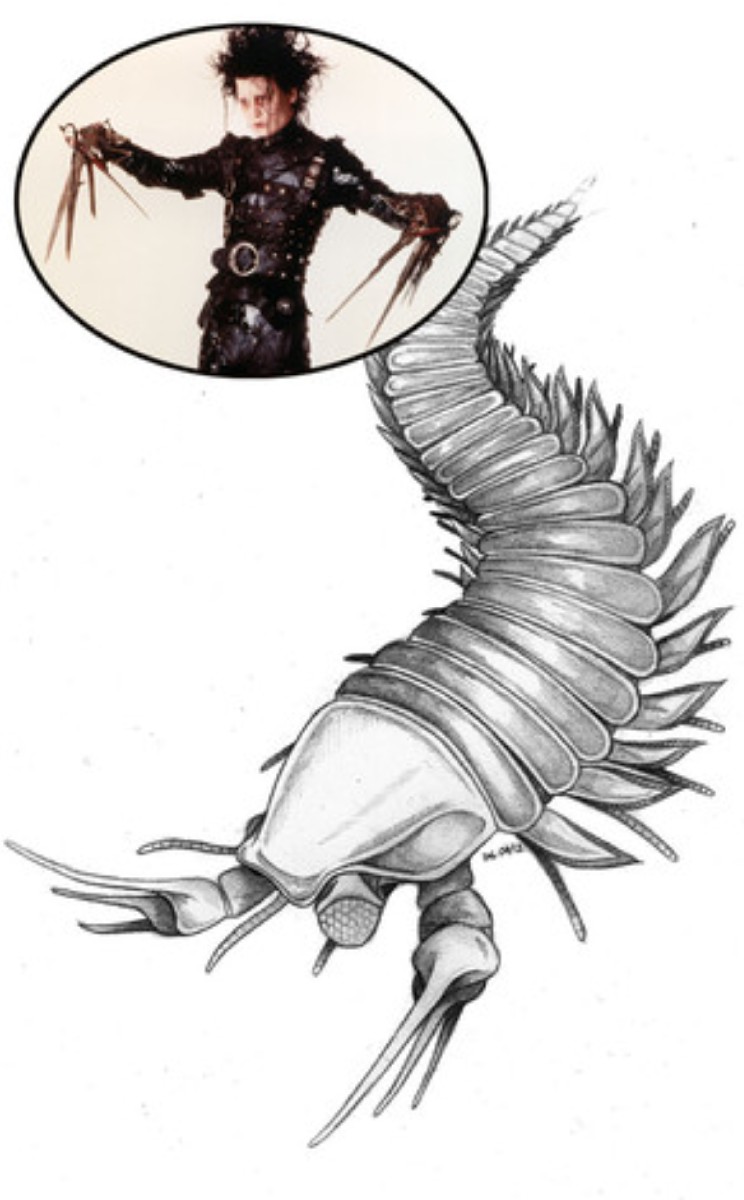Kooteninchela Deppi
One morning after my alarm went off, one of the headlines was about the discovery of a fossil found in the Kootenay’s off the coast of British Columbia Canada. As much as the find was intriguing in itself, it was the name, “Kootenichela Deppi’, that amused me the most. As a resident of British Columbia and an obvious Depp fan, I had to satisfy my curiosity with further research and exact details. I found the following report from BC Rainforest Ecoloque, hosted by Moon Willow Press:
A 505-million-year-old fossil found in Kootenay National Park, BC, was named after Johnny Depp: Kooteninchela deppi. The arthropod was about four centimetres long and had large eyes that helped it find food in its shallow sea environment.
Imperial College London palaeontologist David Legg, who discovered the marine arthropod, is a Depp fan and reported in the Journal of Palaeontology:
“When I first saw the pair of isolated claws in the fossil records of this species, I could not help but think of Edward Scissorhands. Even the genus name, Kooteninchela, includes the reference to this film as ‘chela’ is Latin for claws or scissors. In truth, I am also a bit of a Depp fan, and so what better way to honour the man than to immortalize him as an ancient creature that once roamed the sea?”
According to the journal, Kooteninchela deppi is described from the Stanley Glacier exposure of the middle Cambrian Stephen Formation in Kootenay National Park. Soft-bodied fossils exposed after the Stanley Glacier retreat in the Stephen Formation were imprinted in black shale and are preserved well. The journal reports that Kooteninchela deppi is a sister to Worthenella cambria, uncovered in the Burgess Shale Formation in Yoho National Park. These anthropods are distant relatives of scorpions and lobsters.
I like David Legg’s style.





